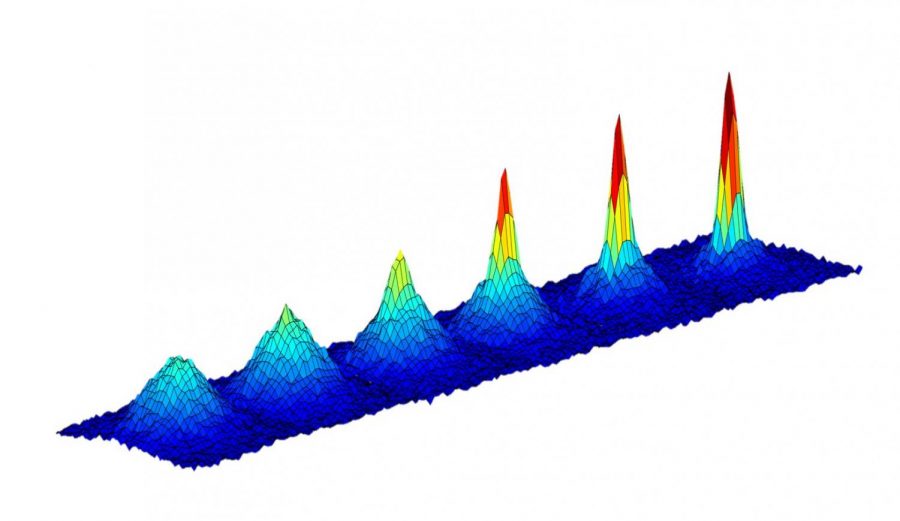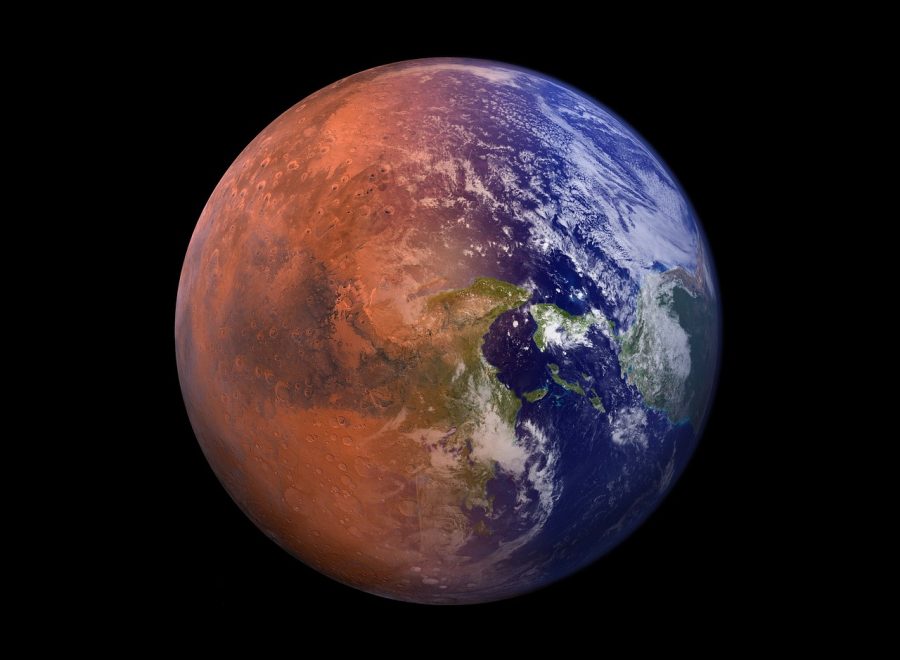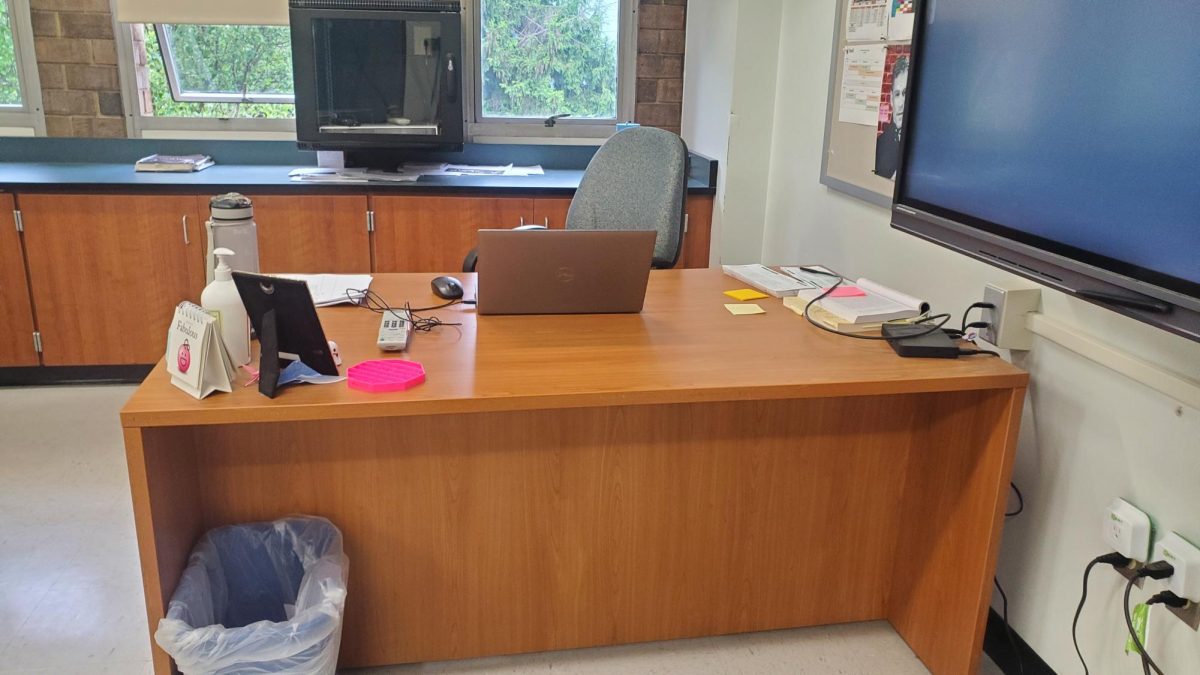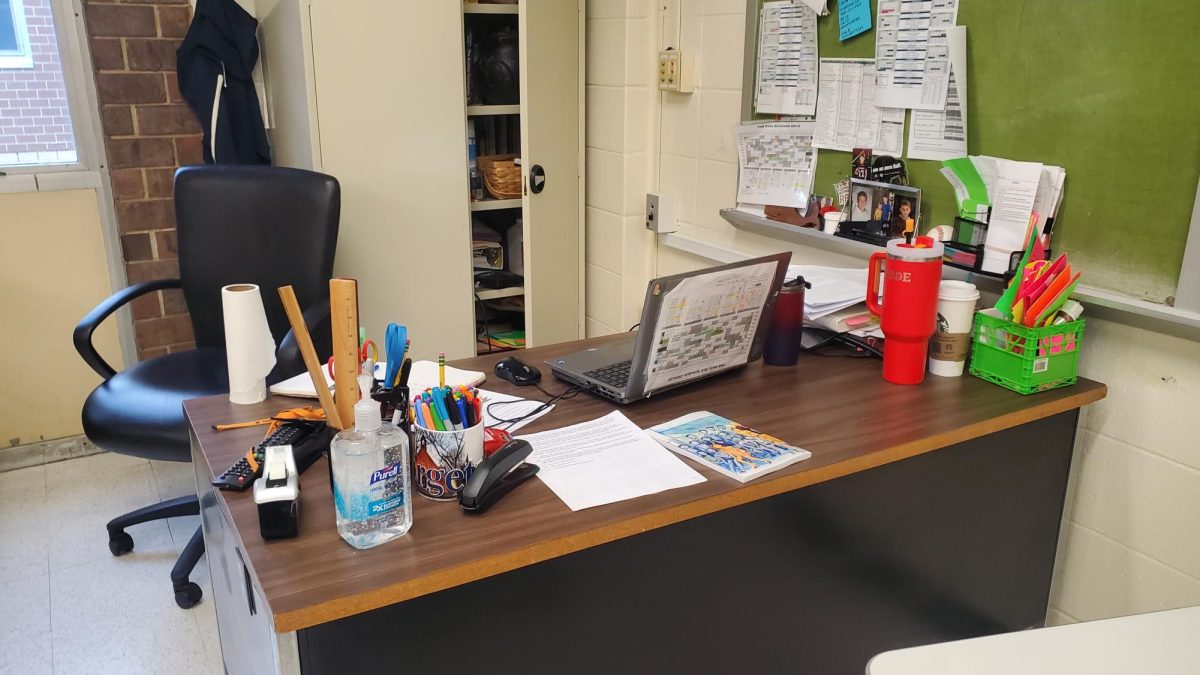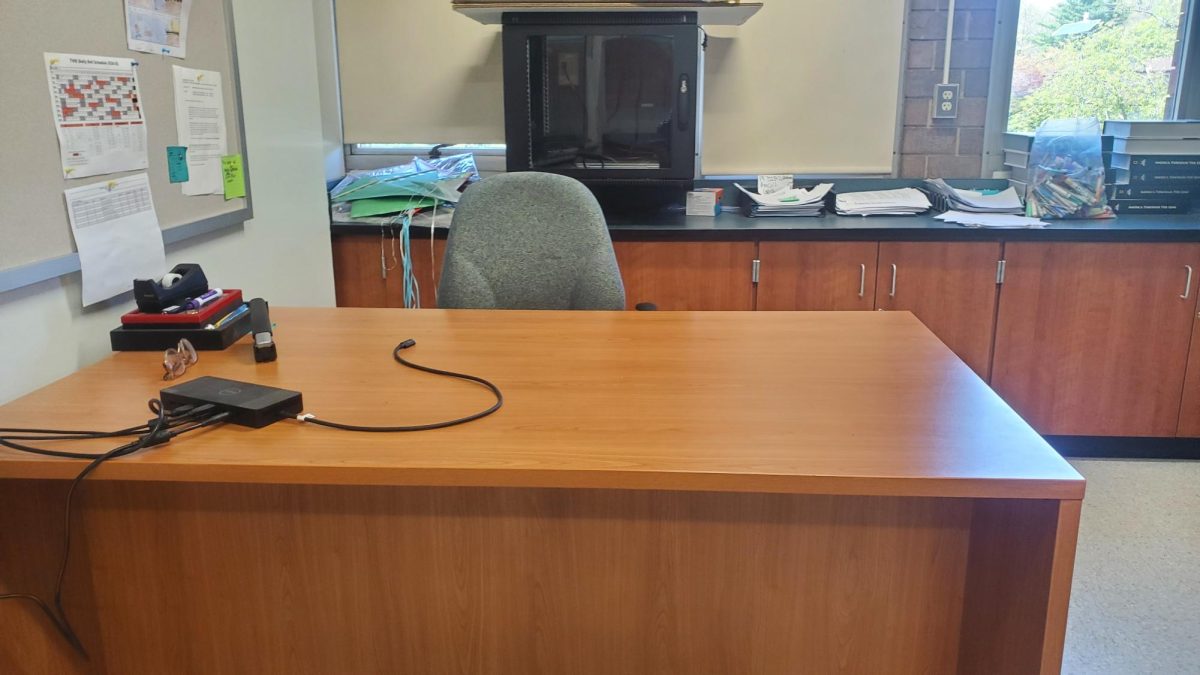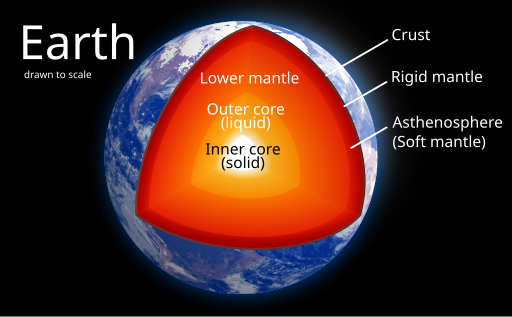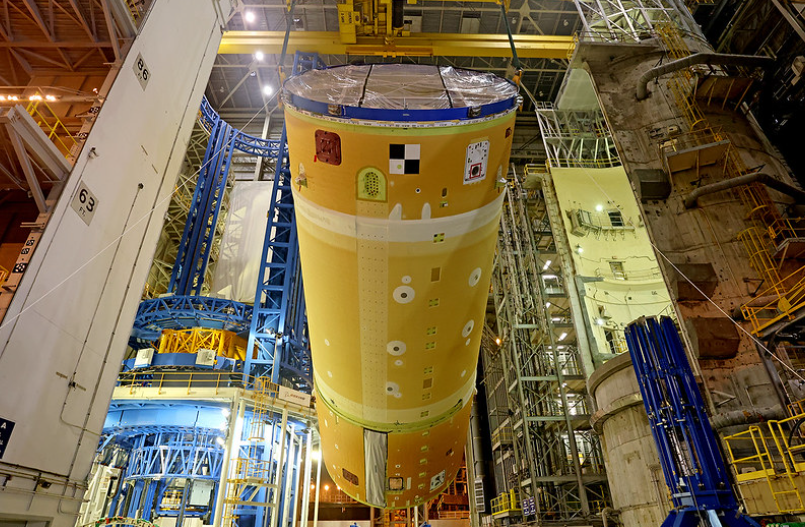A study by Dr. John Vidale and his team, published in Nature Geoscience, has deepened the mystery surrounding the Earth’s inner core, offering new insights into its rotation and structure. This research builds on previous findings and suggests that the behavior of the planet’s deepest geological layer is far more complex than previously thought.
This study, carried out by Vidale and his colleagues, has revealed that Earth’s inner core rotates at a different speed than the rest of the planet. This new finding suggests that the inner core’s rotation may be more complex than previously believed. However, this may not be entirely new information, as earlier studies have shown that the inner core was rotating slightly faster than Earth’s outer layers in the past and that it has recently started rotating more slowly.
Vidale focused on data gathered from earthquakes in the South Sandwich Islands. Earthquakes are crucial for understanding the inner workings of Earth because their seismic waves provide insight into the structure and properties of the planet’s layers. Since earthquakes are so frequent in this region, scientists had the opportunity to study nearly seismic events that occurred years apart.
Using data from two arrays of seismometers—one in Fairbanks, Alaska, and the other in Yellowknife, Canada—the researchers analyzed earthquake pairs from 1991 to 2004. Their initial goal was to build on earlier studies suggesting that the inner core was slowing down. However, the scientists encountered unexpected differences in the seismic data between the two sites, particularly from Yellowknife, which was closer to the source of the seismic waves.
Seismic signals from the earthquakes at Fairbanks were nearly identical when the earthquakes occurred at similar magnitudes and locations. However, the same signals at Yellowknife were noticeably different. This discrepancy suggested that something had changed near the boundary of the inner core. Because Yellowknife is closer to the South Sandwich Islands, the seismic waves traveled a shorter distance, indicating that something in the deeper layers of the Earth may have caused the difference.
Vidale proposed that turbulent flows in the outer core or gravitational forces from denser parts of the mantle might be deforming the boundary of the inner core, potentially influencing its rotation and shape.
For many years, scientists assumed that Earth’s core was made of solid iron and nickel and moved with the planet’s surface. However, in 2010, the core began to show signs of slowing for the first time in documented history.
While examining multiple decades’ worth of seismograms, Vidale noticed that one dataset of seismic waves stood out. “Later on, I’d realize I was staring at evidence the inner core is not solid,” he said. The study, which analyzed 121 repeating earthquakes from 1991 to 2024 near Antarctica’s South Sandwich Islands, found “uncharacteristic properties” that suggested the inner core was not only changing shape but also moving differently—first faster and then slower than the rest of the planet.
This data, collected from seismic stations in Alaska and Canada, revealed that the molten outer core’s turbulence was affecting the inner core in ways never seen before. “The molten outer core is widely known to be turbulent, but its turbulence had not been observed to disrupt its neighbor the inner core on a human timescale,” Vidale explained.
One of the most significant implications of the study is its potential impact on the length of a day. Over time, the Earth’s inner core has been slowing down, which may help explain why the day’s length has not remained constant. Researchers believe that hundreds of millions of years ago, a day on Earth lasted just 21 hours. Today, a day lasts 24 hours, but small variations in the rotation of the inner core could cause minute changes to the length of a day.
Factors such as the Earth’s magnetic field, the tidal effects of the sun and moon, and the distribution of mass on the planet all contribute to variations in the length of a day. The researchers’ work helps illuminate how the dynamics of Earth’s core are connected to this phenomenon.
The findings of Vidale’s studies are not without controversy. Some geophysicists, including Hrvoje Tkalcic, a professor at the Australian National University, believe the proposed interpretation is valid but acknowledge that other explanations are still possible.
However, Lianxing Wen, a professor at Stony Brook University, is not entirely convinced by the idea of a rotating inner core that behaves differently from the Earth’s surface. He argued that the inconsistencies in the data from Yellowknife should have led to a reconsideration of the theory of differential rotation, positing that a change in shape alone could explain the seismic data.
Vidale himself remains cautious, stating, “We’re pretty sure we were right, but this isn’t a bulletproof paper.” He estimates the accuracy of the findings at 90%, acknowledging that further research is needed to validate the theory. Tkalcic agrees, emphasizing the importance of more comprehensive data, which could be collected through the development of seismological infrastructure in remote locations, including the ocean floor.
Many companies have jumped in on these groundbreaking findings, including newspapers like The New York Times and television stations like KTLA. As scientists continue to probe the depths of Earth’s interior, it is clear that the journey to fully unravel the mysteries of the inner core is far from over. The new study, with its compelling findings, is just the latest chapter in an ongoing quest to understand the forces that shape our planet from the inside out.















































